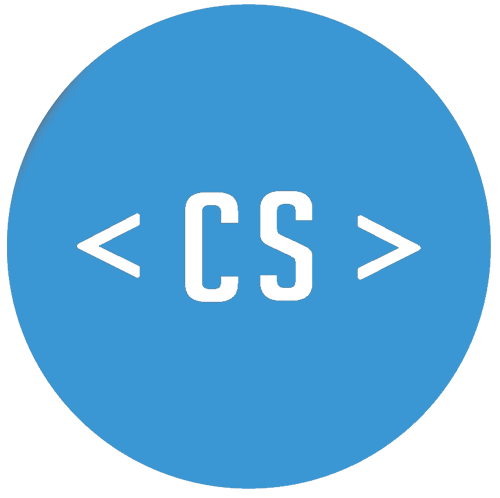Glossaries and translation memories
Glossaries
A glossary is a list of standardised terms in the source language of a company.
Translation glossaries ensure consistency and clarity in all translated materials by helping eliminate uncertainty. No matter what product you are working on, it pays to create a list of all the important terms. These terms should then be used consistently by all translators and reviewers.
Here are a few points to consider when creating a glossary:
Structure the glossary with purpose Include only terms specific to the company or the product Make the glossary translator-centric and provide as much context as possible Complex terms should be listed with a definition and context If you are creating multi-lingual glossaries, conduct an in-country review before using the glossary Translation glossaries exist because even the best linguists may have difficulties translating key marketing concepts or catch phrases. They give a great resource and make their job easier.
Things you might want to include in a glossary:
Key terms: A good glossary should provide a thorough list of relevant key terms that are very specific to the subject matter or the company’s culture.
Definitions: These key terms should be clearly defined, so that linguists understand them clearly.
Preferred translations: Add your company’s preferred translations for terms in the glossary. This will help linguists with the accuracy and consistency of word choices in the translation.
Terms that should not be translated: Some products, services, or proper names may need to be left in the source language. Include those, so there is no uncertainty whether or not such a term should be translated.
A glossary is a living document, and you have to keep building it over time. Whenever a new key term is identified, make sure you add it to the glossary.
Translation memories
A translation memory or TM for short is a database that contains human translations. They are an integral part of the translation process as the speed up translation, maintain consistency and save cost.
This database stores previously translated segments, which depending on the type of translation, can be sentences, paragraphs, single words, etc.
When language service providers carry out word counts to provide you with quotes, they will search this database for previous translations similar to what you are sending them and they then adjust their charges accordingly. So if a sentence has been translated in full previously, it is a 100% match and they will only charge you a minimal fee for handling or sometimes no fee at all. If it is a partial match, then the charge may just be 75% or 50% of the normal full charge.
The most common format for translation memories is .tmx. TMX stands for translation memory eXchange. It is a bilingual xml file that provides a standard method to describe translation memory data that is being exchanged amongst tools and / or translation vendors.

